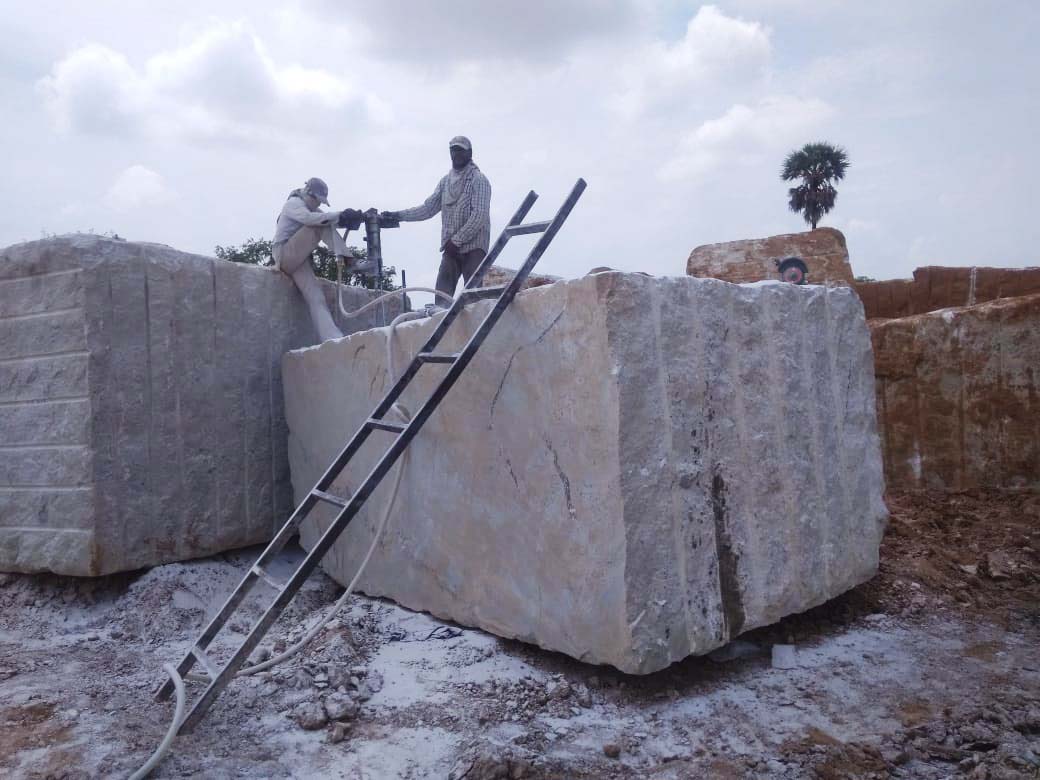Granite Quarries in South Africa Wonders: Exploring the Quarry Landscape
Granite Quarries in South Africa Wonders: Exploring the Quarry Landscape
Blog Article
Unearthing the Rich Background and Sustainable Practices of Granite Quarrying
As we base on the precipice of revealing the complex tapestry of granite quarrying, a journey with time reveals not simply the physical act of drawing out stone yet also the cultural and historical significance woven into the very material of this practice. From the old origins that laid the structure for contemporary quarrying strategies to the sustainable methods that are forming the future of this market, each chisel mark on granite surface areas informs a story waiting to be discovered (granite quarries in south africa). The heritage of granite quarrying extends much beyond mere extraction; it is a testament to human resourcefulness, resilience, and the long-lasting allure of this impressive stone
Ancient Origins of Granite Quarrying
Going back to old people, the practice of quarrying granite has actually been an essential part of human background and architectural improvement. The earliest evidence of granite quarrying dates back to ancient Egypt, where huge pyramids and complex sculptures were crafted from this sturdy stone. The Egyptians made use of primitive devices to draw out granite blocks from quarries, showcasing the relevance of this product in their significant buildings.
Progressing in background, the Greeks also made considerable contributions to the quarrying of granite. The Greeks made use of granite in various architectural wonders, such as temples and statues, demonstrating their ability in shaping and carving this durable rock. The Romans better refined the strategies of quarrying granite, employing innovative devices like knives and hammers to remove and shape granite for their legendary structures.
Through the centuries, the technique of quarrying granite has actually advanced, with modern innovations boosting effectiveness while maintaining the classic appeal of this natural rock - granite quarries in south africa. From ancient civilizations to modern builders, the heritage of granite quarrying proceeds to shape our world
Development of Quarrying Methods
The development of quarrying strategies has been marked by a constant development in the direction of greater efficiency and accuracy in removing granite. From the primary techniques employed by our ancestors to the sophisticated technologies utilized in modern-day quarrying procedures, the industry has undergone substantial advancements. Early quarrying strategies involved hands-on labor with fundamental tools such as knives, hammers, and wedges to extract granite blocks from the planet. As people advanced, strategies like fire-setting and primitive dynamites were introduced to facilitate the removal procedure.
In more current times, the arrival of machinery revolutionized the quarrying industry, allowing faster removal prices and raised productivity. Technologies such as diamond cable saws, high-pressure water jets, and pneumatic drills have ended up being standard in contemporary quarries, enabling for specific cutting and decreased waste. Moreover, developments in computer-controlled tools and 3D modeling have actually maximized quarrying procedures, bring about minimal environmental impact and improved sustainability techniques. As the need for granite remains to increase, the development of quarrying methods remains important to meeting sector requires successfully and sustainably.
Social Relevance of Granite
Granite holds an extensive cultural value throughout different human beings as a result of its long-lasting visibility in building work of arts and prized monuments. From the majestic pyramids of Egypt to the complex makings of the Angkor Wat temple in Cambodia, granite has been a product of choice for sharing splendour and long life in cultural heritage. In ancient Rome, granite columns decorated temples and public buildings, representing stamina and permanence. The cultural importance of granite prolongs past description its physical attributes; it symbolizes resilience, security, and timelessness, making it a symbol of sustaining heritages and traditions.

Lasting Practices in Quarrying
Amidst the rich history of granite quarrying and its cultural importance exists an expanding emphasis on lasting practices within the market. As environmental understanding and issues regarding resource depletion have actually heightened around the world, the quarrying sector has significantly embraced lasting techniques to decrease its influence on the setting and bordering communities.

In addition, improvement and recovery of quarry websites post-extraction are indispensable to sustainable techniques. By recovering quarried locations to a natural or valuable state, such as creating wildlife habitats or recreational spaces, quarriers can offset the ecological impact of their procedures and add favorably to the neighborhood community.
Legacy of Granite Quarrying
With a historical background soaked in workmanship More Info and industrial progression, what withstanding influence has granite quarrying left on the landscape of contemporary society? The heritage of granite quarrying transcends simple extraction techniques; it has shaped building marvels, urban landscapes, and cultural heritage worldwide. The resilient nature of granite has made it a recommended selection for monuments, structures, and facilities, standing as a testimony to the ability and creativity of quarry employees across generations.
Additionally, the financial impact of granite quarrying can not be ignored. The sector remains to provide work chances and drive regional economic situations in regions where granite removal prevails. It has actually likewise stimulated technical advancements in quarrying methods and devices, leading to extra efficient and lasting practices.
In terms of sustainability, the tradition of granite quarrying consists of initiatives to mitigate environmental effects via recovery projects and liable resource management. By balancing financial rate of interests with environmental stewardship, the industry strives to make sure that future generations can continue to profit from this long-lasting natural deposit.
Conclusion

Report this page